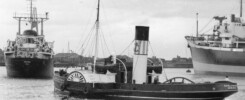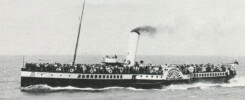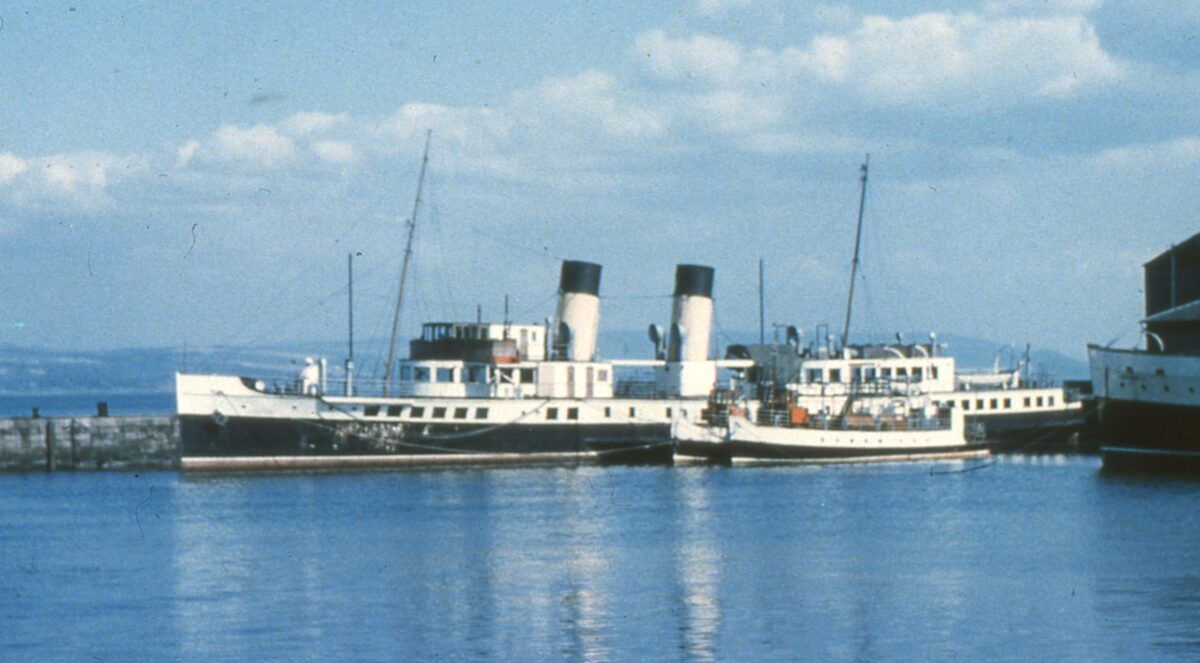
By Thursday 6th December 1956 discussions were well in hand in Gourock about converting Jeanie Deans, Jupiter and Waverley from coal to oil firing.
After the War coal was still in the ascendant as a fuel. It was relatively cheap. There was plenty of it in the UK and around the world. There was a good network to deliver it from the pits to the Clyde fleet. But it had its disadvantages. It was labour intensive to load and men were needed with the right skills and attitude, as well as enough of them, to fire the boilers.
The coal could be of variable quality too. Some burnt better than others. Some produced a lot of smoke. Some didn’t. Some burnt at a higher temperature damaging fire bars in the grate. Some didn’t. Some produced lots of ash. Some didn’t. Some were a nightmare as clinker producers. Others produced little of this enemy to good firing. And it was a dirty fuel which caused a lot of mess.
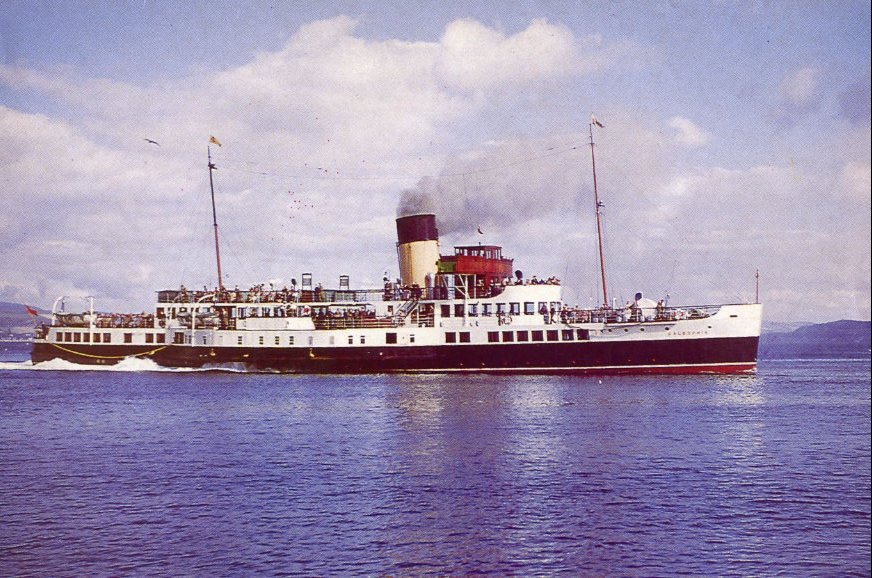
The stage was set by Caledonia two years earlier. She had needed two new boilers in the winter of 1954/55 which were fitted at the Ailsa Yard in Troon at a cost of £50,000 (£1.3 million today). Where the old had been fired by coal the new used oil and these turned out to be a great success. By then oil was looking to be a cheap fuel and the economies, consistency of burning, lack of smoke and general improvement in cleanliness was noticed favourably by the management in Gourock.
As a result the go ahead was given for the large turbine steamers Duchess of Hamilton and Duchess of Montrose to be similarly converted from coal to oil, the former at Lamont’s Shipyard at Port Glasgow and the latter at Barclay Curle, during the following winter of 1955/56.
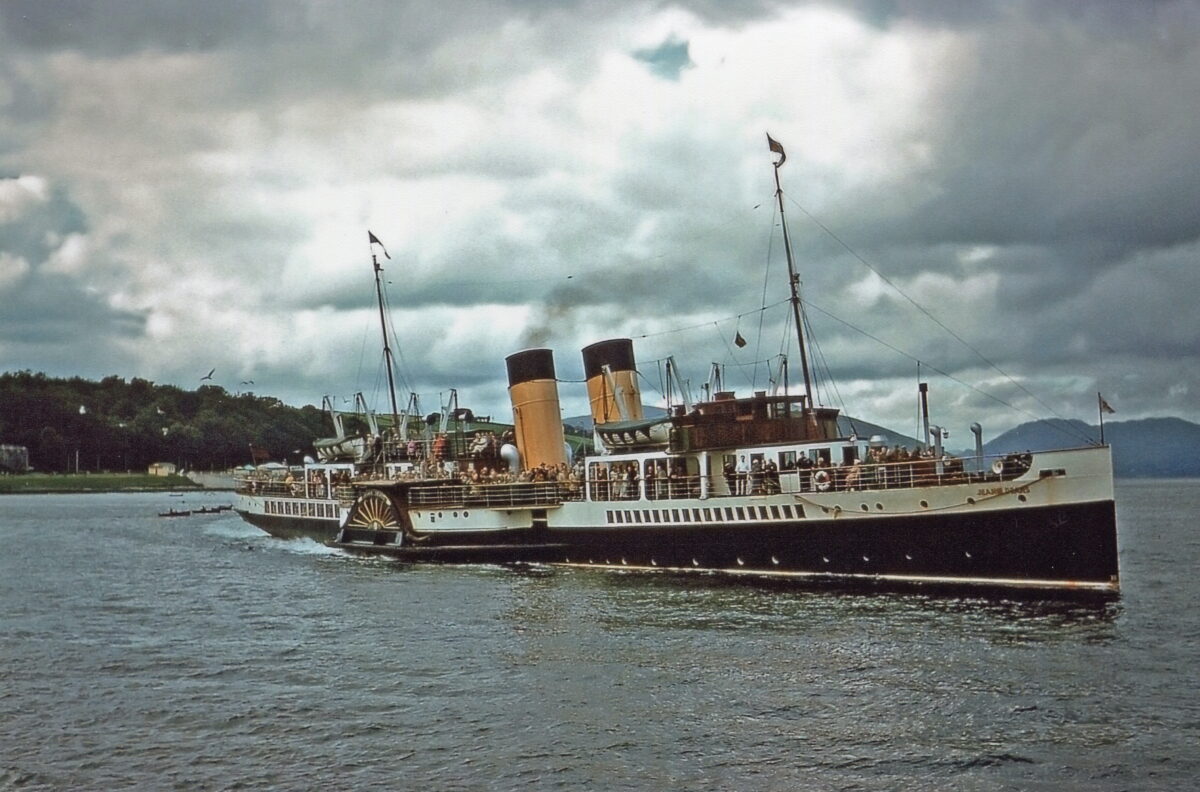
Again this worked out well. Everyone was pleased so by the autumn of 1956 plans were being hatched to do the same for the paddle steamers Jeanie Deans at Henderson’s Yard at Meadowside, Jupiter at Lamont’s in Port Glasgow and Waverley at A & J Inglis at Pointhouse. Tenders were sought. Contracts were signed. The ships moved to the yards. The work went ahead with the first to be completed being Jeanie Deans which emerged from Henderson’s burning oil for the first time on Thursday 25th April 1957.
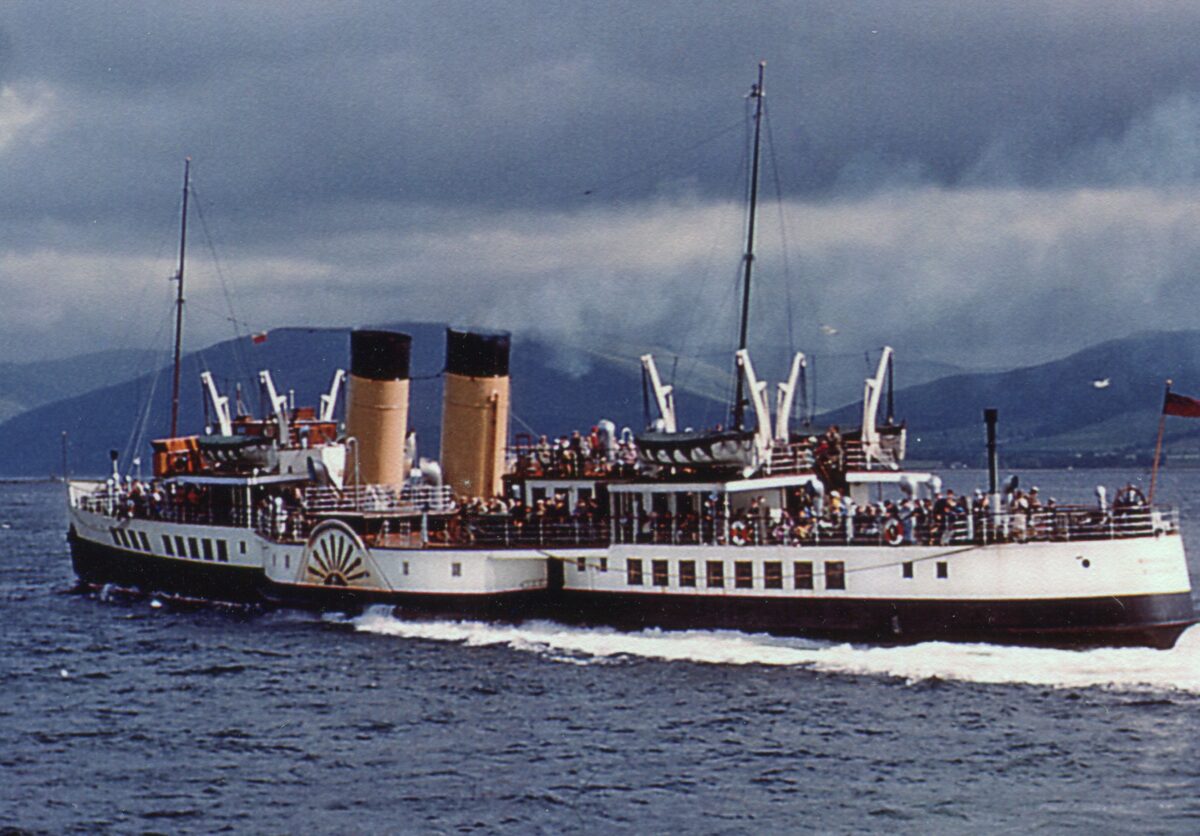
The cost of these conversions was around £25K (£630K today) each so whether or not this was a justifiable expense given the amount of service the ships gave subsequently remains a moot point. Waverley ran for the company up to 1973 so that was 17 further seasons of operational use for the investment which comes in at £630K/17 seasons = £37K per season. Jeanie Deans lasted with them until 1964 so that was only eight more operational years. £630K/8 = £79K per season. Worst of all was Jupiter. She ran with her newly oil-fired boiler for just one season in 1957 and that was a short one so that comes in at £630K per season. It is hard to see any commercial justification for this massive expenditure on her. However she was kept in reserve until 1961 before she was sold for scrap by which time the decision makers might have hoped that nobody might notice all this cash which had been flushed down the drain on her.
But that all lay in the future. On Thursday 6th December 1956 optimism was still in the air with three more paddle steamers about to be converted from coal to oil after Christmas.
Kingswear Castle returned to service in 2023 after the first part of a major rebuild which is designed to set her up for the next 25 years running on the River Dart. The Paddle Steamer Kingswear Castle Trust is now fund raising for the second phase of the rebuild. You can read more about the rebuilds and how you can help if you can here.
John Megoran
This article was first published on 6th December 2020.

